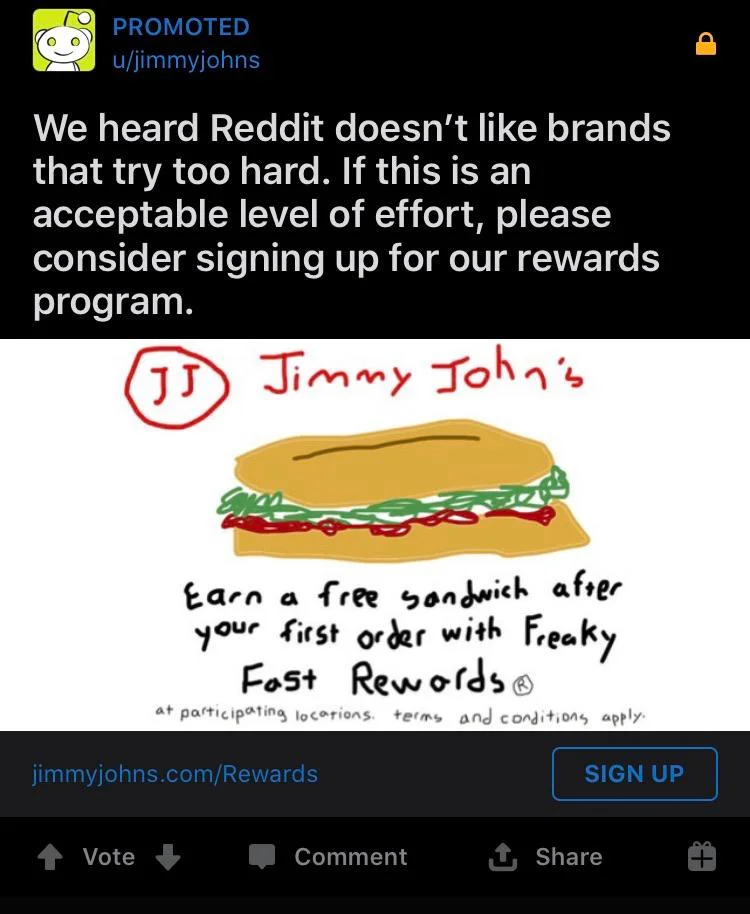Strategic thinking: Humor
Humor has always been the center of attention of strategists and creatives for its powerful role in lifting important advertising metrics such as likeability and memorability. Through these metrics, humor increases awareness and becomes a strong driver of a creative’s performance and effectiveness. Yet, the ‘enigma of humor’ – as one of our clients calls it – persists due to the cultural, generational, and personal variations about what is humorous. The challenge deepens as it is not as straightforward and, at times, very messy to assess the presence and/or intensity of humor in a creative.
In a recent blog, Comperemedia experts Lierin Ehmke and Laura Ziemer analyzed the use of humor in new ad spots from Google, Truist, TikTok, Apple and Bud Light that premiered during the first NFL game between the Kansas City Chiefs and the Houston Texans. In this blog, I want to build on their very relevant and timely humor discussion.
Humor is not only a tone or a storytelling style. It does not have to be. I want to challenge to expand and expand to challenge this commonly perceived but limited use of humor in marketing communications. In this blog, I assess the role of humor in relation to possible strategies. Humor could take various roles as part of different branding and communication strategies. Below, I identify three different roles of humor in three different strategies:
Humor as myth making: Cultural branding strategies
In the cultural branding approach, the brand management tries to build a cultural prism into the product that will help consumers address their anxieties and desires in that particular historical moment. Humor could be used as a myth making tool to build that cultural prism into the product. Several iconic brands have used humor in the myth-making process. In their iconic commercial “Wasssup!,” Budweiser used humor to build a brand culture around and about the product to take command of American stories about how men find respect and camaraderie. Similarly, Mountain Dew used humor in their “Do The Dew” campaigns (e.g., Cheetah commercial) to tell myths about men’s daredevil escapades in the outdoors. Old Spice (e.g., Smell Like A Man) commercial, similarly told an alternative masculinity myth in a very humorous way.
Comperemedia recommends: Rather than being a steward of a transcendental brand essence, iconic brands would benefit from addressing a story that generates identity value that directly engages the challenging social issues of the day. What are some of the prominent social tensions that brands can leverage, and use humor for those purposes? Is humor the right storytelling for the mythmaking at hand? Does the brand have enough political and cultural authority to tell a humorous story on that particular historical moment?
Humor as middle ground: Apolitical positioning strategies
Humor is another alternative for a possible apolitical positioning direction in the dynamic brand landscapes. Brands might tap into humor as a way to navigate the highly polarized cultural, social, and political terrains. Humor allows brands to perform along the “middle ground” without necessarily addressing the social and cultural tensions. This has been a popular strategy for brands, especially in the previous Super Bowls. Tide Commercial (e.g., It is a Tide ad) and Alexa (e.g., Not Everything Makes The Cut) are great examples of this apolitical positioning strategy in a politically charged Super Bowl following the year Kaepernick took a knee. Consumers might be more forgiving the “shyness” of the small and midsize brands. Yet, consumers expect more from global brands. They want global brands to act as social and cultural agents taking proactive and prominent roles in contemporary cultural and political conversations.
Comperemedia recommends: Brands should assess whether their different consumer segments have varying expectations from the brand and whether the brand consumers expect the brand to act as a social and cultural agent. Brands should also assess whether consumers perceive the use of humor as the brand is avoiding or escaping those cultural and social roles the brand is expected to perform.
Humor as insider: Strategic storytelling strategies
The humor might be a strategy to illustrate that the brand is literate in cultural codes and perform as an insider. Brands that have a deeper understanding of the ethos of communities or rhetorics of platforms (like Reddit) can build rapport and act as an insider. For example, many brands adopt light-hearted and humorous campaigns for Reddit or adjust their existing campaigns accordingly. Reddit campaigns have simple and not-so-polished creatives, humorous but strategic storytelling. Most brands and campaigns adopt – and adjust – humor on Reddit.
Comperemedia recommends: The brand does not have to use humor across all touchpoints or as the main arc of their creatives. One other option might be to use the power of humor where it resonates most. Platforms or touchpoints like Reddit allows and tolerates the use of humor in strategic brand storytelling. The same strategy can be applied to keep the humor in certain forms of communication like memes.





